Questioning the sense of living an extreme place

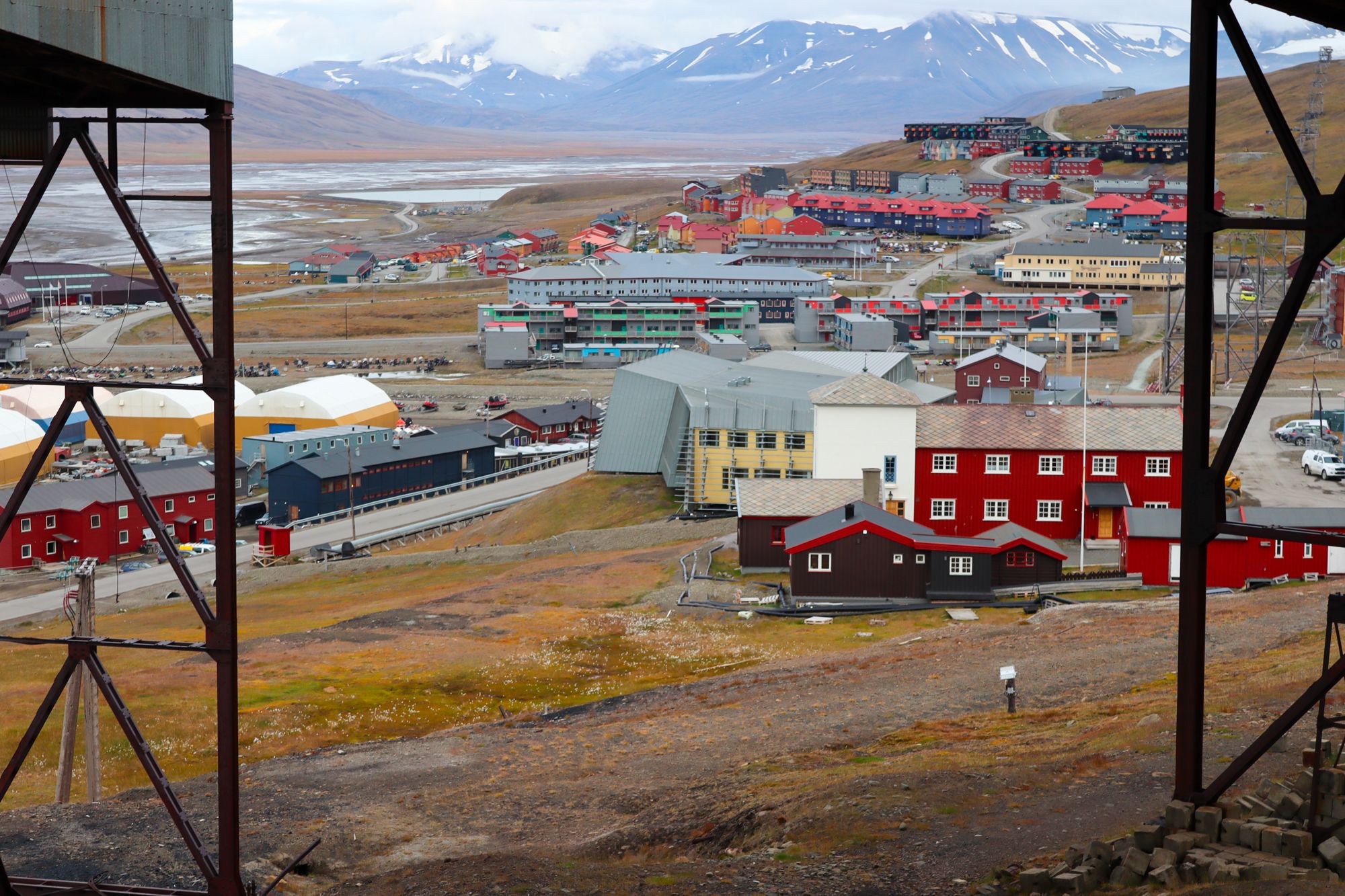
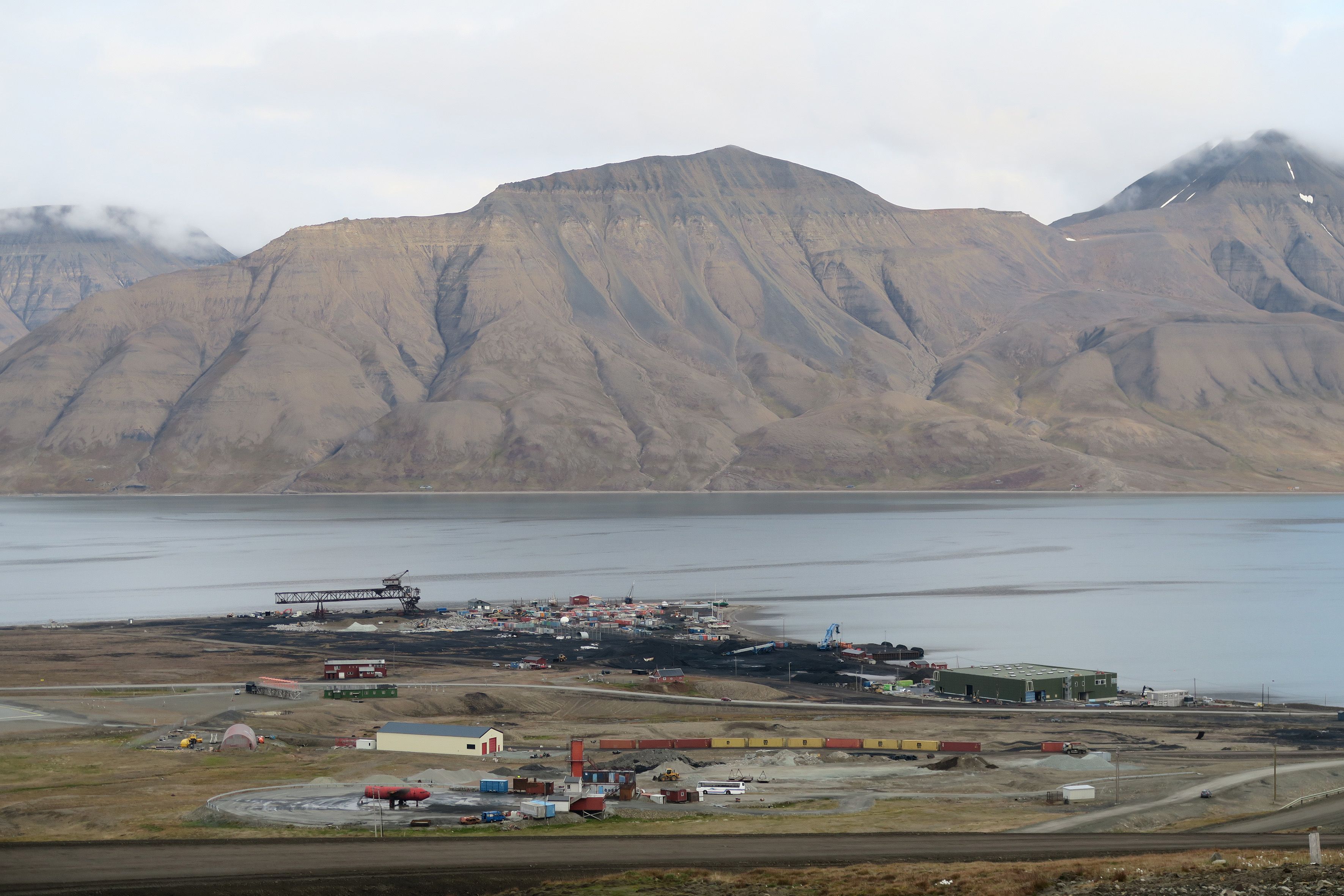
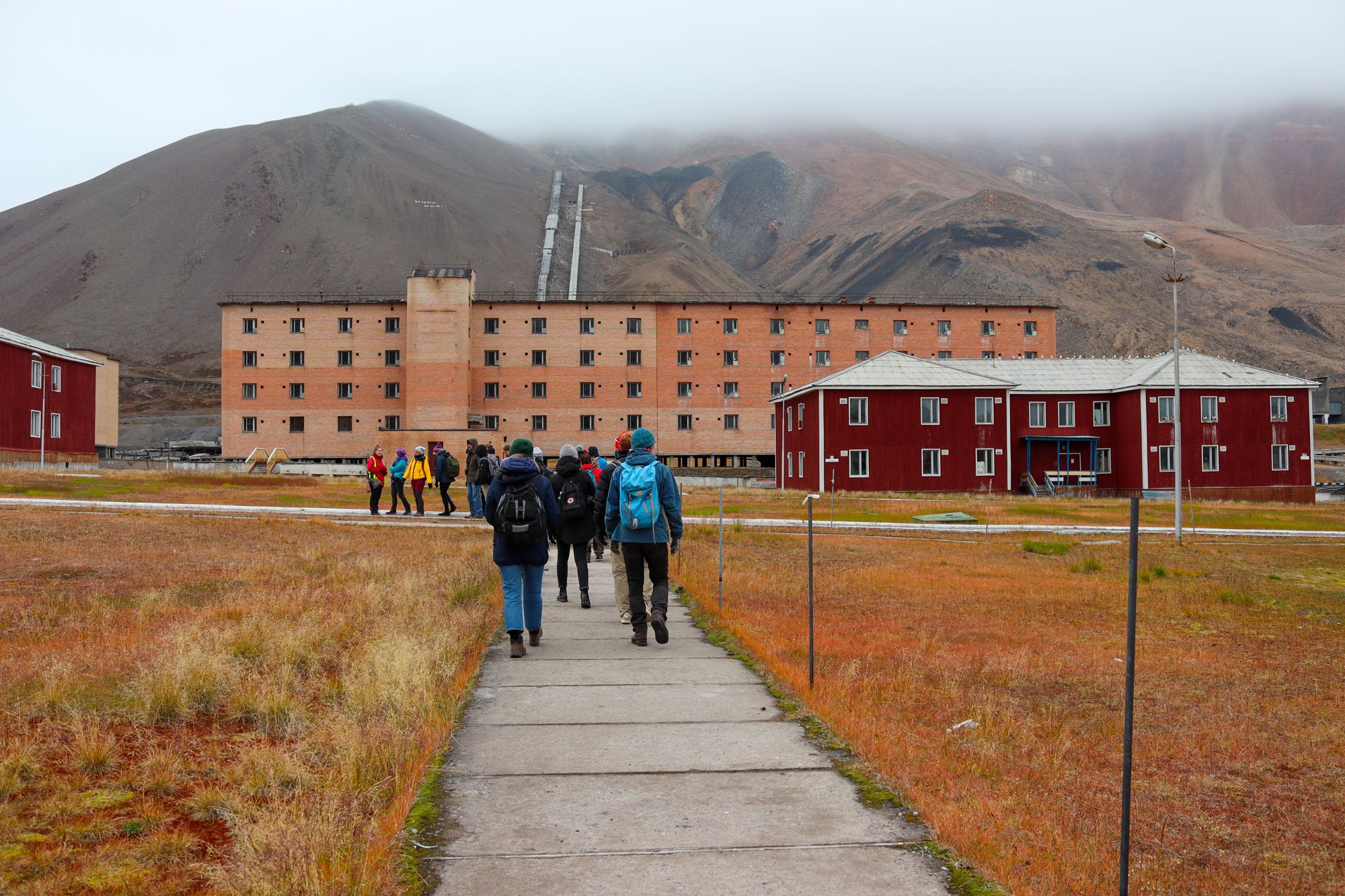
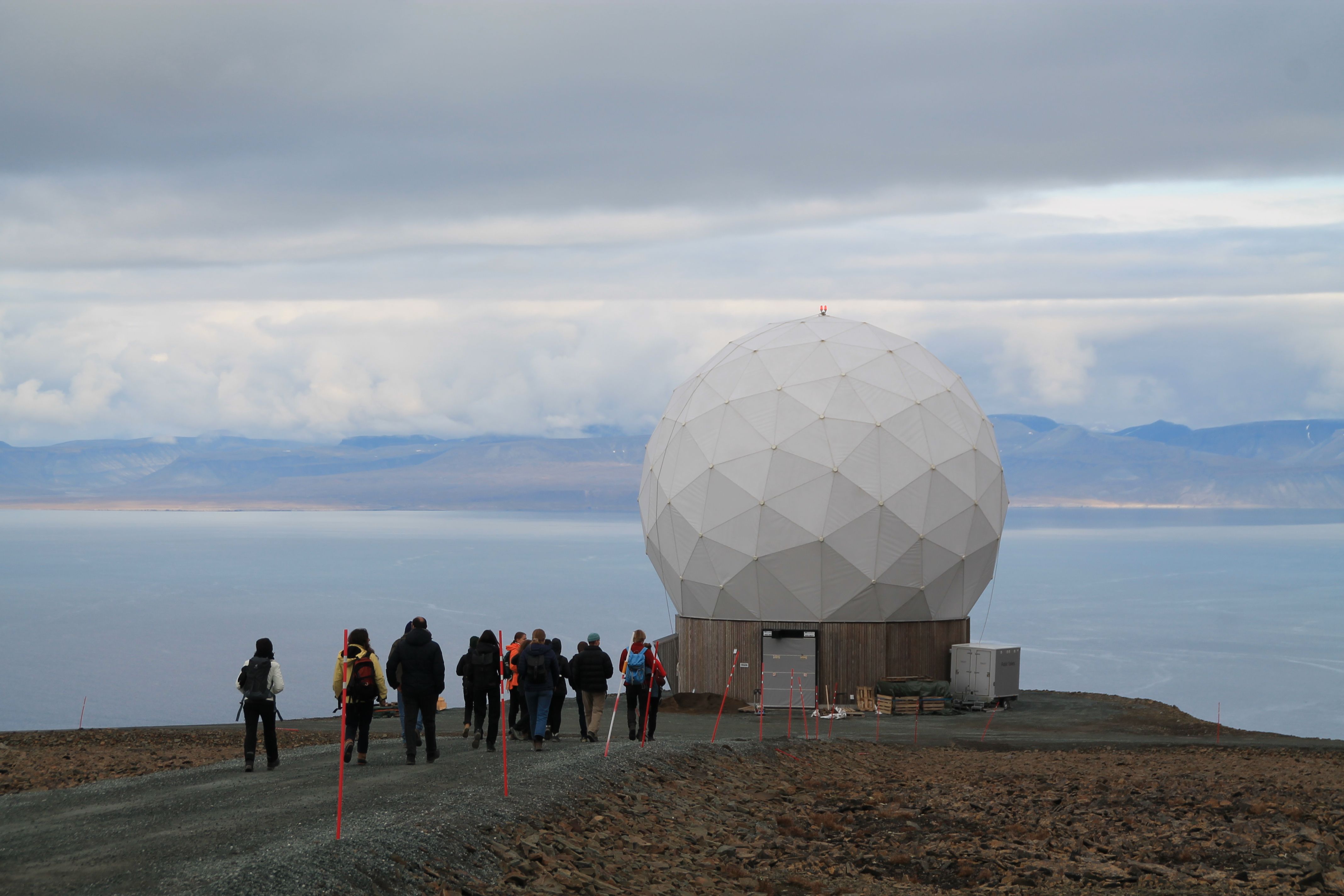
The Arctic region is facing a period of profound change where climate is perhaps the most striking aspect, but certainly not the only one: whether directly related to climatic events or not, important new economic drivers are redrawing the economic and political map of the Great North. The search for new oil and gas wells and the planning and opening of new trade routes between China and Western countries are undoubtedly two powerful economic drivers that will help redefine the global geometry of power. Moreover, tourism is now one of the most important vectors for this region.
The Svalbard archipelago is probably one of the most extreme and intriguing cases to evaluate, and represents a condensation of the evolutions and contradictions that have crossed and continue to cross the Arctic region: situated between the 74th and 81st parallel of north latitude, with a surface area of over 61.000 km and a population of just over 2.600 inhabitants, the archipelago represents the northernmost inhabited strip of land on the planet. Longyearbyen, with around 2.400 inhabitants, is the most populous city and is home to almost the entire population, apart from the small Russian colony of Barentsburg and the international researchers at the Ny-Ålesund station.
The Svalbard archipelago is today an “ecological sanctuary” where a large population of polar bears still lives: a powerful and wild place, forcibly shaped by nature, whose beauty, mixed with the curiosity for a frontier place, often hostile and impenetrable, has intrigued the minds of tourists since the 19th century.
However, it was only the advent of the mining industry that marked the beginning of an economic season for Svalbard, which is now almost completely exhausted and destined to die out with the closure of the mine n° 7, in 2027. The paradox of an economy still tied to coal and fossil fuels is undoubtedly even more evident in an environment that is so sensitive to change.
In fact, none of the distinctive elements of the territory that makes up the archipelago seems immune to this reality: ice, snow, animal populations, the salinity of the oceans, vegetation, and even annual rainfall and its intensity. In addition to these factors, the inevitable melting of the permafrost is one of the main problems facing the city: the increased risk of avalanches, and their intensification in recent years, has forced the municipality to rewrite the map of the areas that can be built on, greatly limiting the possibilities for building. Large parts of the current built-up area are now in the danger zone and must therefore be abandoned.
The deep environmental and economic crisis, which symbolically culminated with the closure of mining activities in 2008, is accompanied by new possibilities for the city that could shape its future in a post-mining dimension. Tourism and research, together with the construction of a new port, represent the possible new strong points on which Longyearbyen is trying to focus.
Many questions were addressed by the WISH2021 – workshop in about a month of design investigations: dialogue with the existing, the courage and ambition to outline a new urban vision in which the social development of the city is in resonance with the landscape and the territory it preserves, are the main guidelines for a possible future for Longyearbyen. The careful and reasoned study of the new ground conditions, dictated by the increased instability of the permafrost, has been a further issue, which has forced to combine housing needs and structural considerations, condensed together in buildings able to accommodate experimentation, typology and technology: an essential mix, to which is added the need for a total rethinking of the infrastructure system that feeds and supports the settlement. Reflections that necessarily lead to the question of the very reason for the presence of human being on the archipelago and, with it, the meaning of living in such an extreme place.
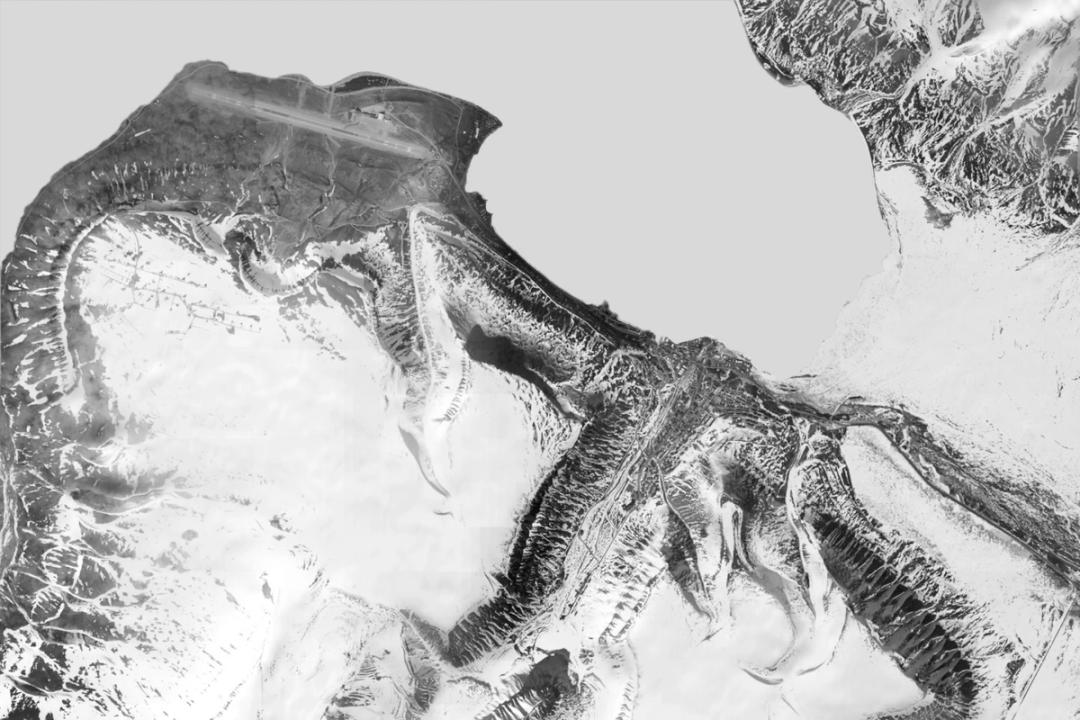
- 1.Longyearbyen and the urban outdoors
- 2.City: one single object
- 3.Built geography
- 4.Plug-in Longyearbyen: a linear energy distribution as a connecting infrastructure
- 5.Infrastructure as a primitive gesture
- 6.Housing in Longyearbyen: a new waterfront
- 7.Artificial boundary: an act of resilience
- 8.Longyearbyen +18
- 9.Reusing the livelihood of Longyearbyen
Edition realized by
Martino Pedrozzi, Professor Andrea Nardi, Assistant
in collaboration with
- Norwegian University of Science and Technology (NTNU) Olav Kristoffersen, Professor in Architectural Design at the Department of Architectural Design and Management Amund Klæbo Lyngstad, Assistant
Invited Critics
Olav Kristoffersen Giacomo Guidotti Vincenzo Tuccillo
Workshop
in Mendrisio
25 July–19 August
in Longyearbyen
21–27 August
Conferences
- Sascha Roesler, energy and "collective form"
- Olav Kristoffersen, row-houses in Longyearbyen
- Andrea Roscetti, land of sunshine
- Roberto Guidotti, panaceas
- João Gomes da Silva, quinta da malagueira
- Andrea Nardi, Arctic town. The work of Ralph Erskine
- Angelo Odetti, research and innovation. Among the glaciers of Svalbard Thor
- Bjørn Arlov, community on the verge: on the history of human settlement on Svalbard
Visits
in Longyearbyen
- City of Longyearbyen
- Svalbard Museum
- Mine 3
- Svalbard Satellite Station at Platåberget
- City of Pyramiden and Nordenskiöld Glacier
- Trekking to Trollsteinen